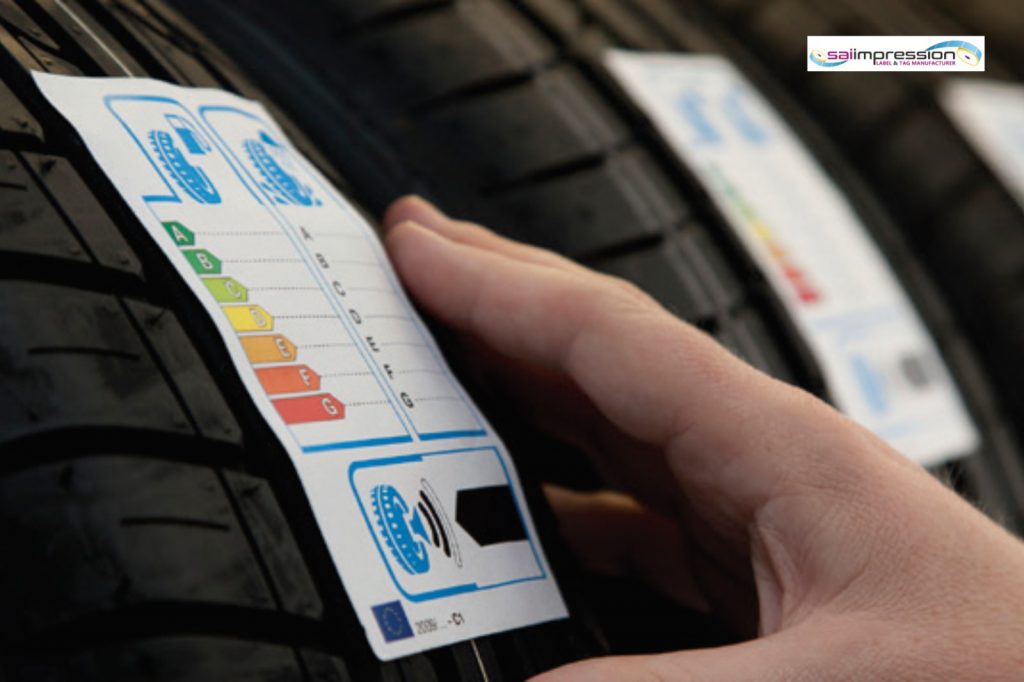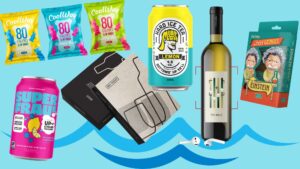Ultimate Handbook to Tyre Labeling & Global Standards

An official tyre label is highly vital and a requisite for tyre manufacturers to have them on their products.
Tyre labeling has come a long way, and today, all the tyres manufactured contain information about their performance (fuel efficiency, grip, and noise) which is printed on adhesive tyre labels.
Contents
The Cruciality of Tyre Labeling
Right since 2012, the regulations about tyre labeling have been brought to force for safer and fuel-efficient commutes in Europe.
Especially with the world focusing more on eco-friendly consumer goods, hardware, and industrial manufacturing goods, specifically those involved in transportation, tyre labeling has been mandated in several countries including India.
According to the rules in place, every batch of motor vehicle tyres (car and van) manufactured and sold across the country be stickered with the appropriate parameters required to measure its performance.
A tyre label is extremely vital and allows:
- The buyer to make buying decisions
- Compare how it differs from other tyres in market
- Estimate how fuel-efficient it is
- Understand what type of road it would be suitable for
But, the most important factor here is that, unlike other smooth surfaces that can be labeled with ease, tyres are rigid and uneven, making tyre label manufacturers go for high-adhesive, weather-resistant, and pressure-sensitive labels that are a mandate with tyre label designs.
This calls for an industry-reliant and renowned tyre label manufacturer who can help you with the right kind of tyre stickering with the most crucial information that ought to be printed on.
What Info does a Tyre Label Carry?
Across countries, tyre labeling standards are followed and as mentioned earlier, carries details about three crucial factors as listed below.
1. Fuel Efficiency
Did you know that tyres contribute to 20-30% of fuel consumption by a vehicle? Yes, rolling resistance (the energy required to keep the tyres in motion) partially determines how much fuel the engine consumes.
On label tyres, fuel efficiency is categorized from A (environment-friendly) to G (least sustainable) in different colors ranging from green to red.
This also means carbon emissions the particular transport will release and hence, a tyre with fuel efficiency greater than D is something that will emit carbon into the atmosphere, basically not very sustainable in practice.
And in today’s scenario, even the slightest alternation to boost fuel efficiency should not be ignored at any cost.
2. Wet Grip
Wet grip is an extremely crucial factor that a tyre is gauged upon. It is typically the distance when a vehicle’s brakes are applied and the point where it actually stops.
This might not be a great deal in dry areas, but in countries where it often rains or snows, a tyre’s wet grip is something that should be taken very seriously.
Especially in hilly stations and planes that are slippery, there are higher chances of accidents when the appropriate tyres aren’t provided with.
Tyres with a good wet grip work great in places where the roads are slippery. Furthermore, tyres with grade A are highly crucial in avoiding motor accidents in moisture-ridden areas.
3. Noise Rolling
Ultimately it is human comfort that counts and the noise a tyre produces counts not only for the person driving, it also involves how noisy your vehicle might be to others on the road.
For this specific reason, tyre labels are usually printed with the decibels emitted or classified as A, B, or C, with A being the least noise and C being the highest.
The noise released from a motor vehicle tyre is represented in decibels with the lowest recorded being 67 – 71 dB and the highest 72 – 77 dB.
Tyre Label Manufacturing & Printing — An Industrial Overview
As mentioned earlier, due to the growing concerns in regard with global warming and CO2 that led to a rise in atmospheric temperature, several countries across the globe have to comply with the tyre labeling norms that are being followed.
This implies that tyre labeling is a rapidly expanding industry with more and more labels being printed to serve the amplifying demand across the world.
The rigidity of the tyre makes it hard for labeling and that’s the reason professional label manufacturers come into play with the right infrastructure and equipment in an appropriate factory setup to produce quality tyre labels with intact adhesive materials that make it seamless to be stuck on tyres of all sizes.
Polypropylene being the key material here, tyre stickers come with a self-adhesive layer that is easy to be glued onto tyres. These kinds of labels are long lasting and are easy to print on.
With the right flexographic printing techniques, these labels are hard to remove or replace without proper techniques. Being supremely durable, tyre labels are wet resistant and usually glued under factory settings.
Latest Updates in Tyre Labeling
As of May 2021, the tyre labeling rules have been updated in line with adverse climatic conditions and environmental reasons.
Here’s what the EU has updated in regards to tyre labeling:
- Besides cars and other lightweight motor vehicles, tyres of heavy vehicles like buses and lorries to be labeled as well.
- Tyre labels should include a pictogram depicting usage in icy/ snowy road conditions that are prone to accidents.
- Wet grip and rolling noise attributes to be scaled with 5 grades rather than the 6 available earlier.
- Tyre labels ought to be displayed wherever applicable, on the manufacturer’s brochures, websites, supplier materials, etc.
Countries across the globe are readily adopting these changing norms in tyre labeling for more efficient packaging and distribution.
To Conclude,
The tyre labeling industry is widely growing and manufacturers are finding newer techniques to bring to market best-in-class tyre labels/ stickers that can be durable for use despite the rugged handling of hardware goods, usually during manufacturing or distribution.
This is in line with the increasing demand for tyre labels across the globe for eminent tyre supply with proper instructions. This will help buyers make informed decisions that relate to safety, carbon emissions, and noise emitted, ultimately serving a better purpose for the overall transportation and commute landscape of the public.





